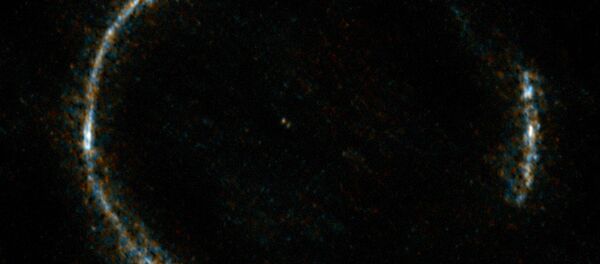The ultra-diffuse galaxies [UDG's] are made up of more than 99 percent dark matter, much more than the 83 percent found in the universe at large, which enables them to withstand the strong tidal force detected in the cluster. The galaxies are dark because somehow they lost the gas needed to create new stars at a point during or after their formation billions of years ago.

"This discovery of dark galaxies may be the tip of the iceberg,” explained Koda. “We may find more if we look for fainter galaxies embedded in a large amount of dark matter; with the Subaru Telescope and additional observations, we may expose this hidden side of the Universe."
The galaxies were detected by analyzing data from the 8.2 meter Subaru telescope on the top of Mauna Kea, Hawaii. The study was motivated by the discovery last year, using the Dragonfly Telephoto Array, of 47 Milky Way-sized UDG's on the outskirts of the Coma Cluster, which measures around 20 million light years across.





